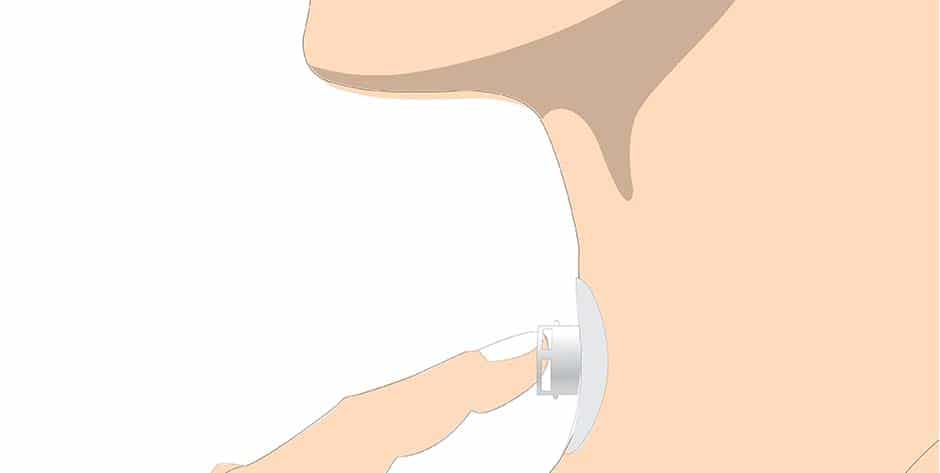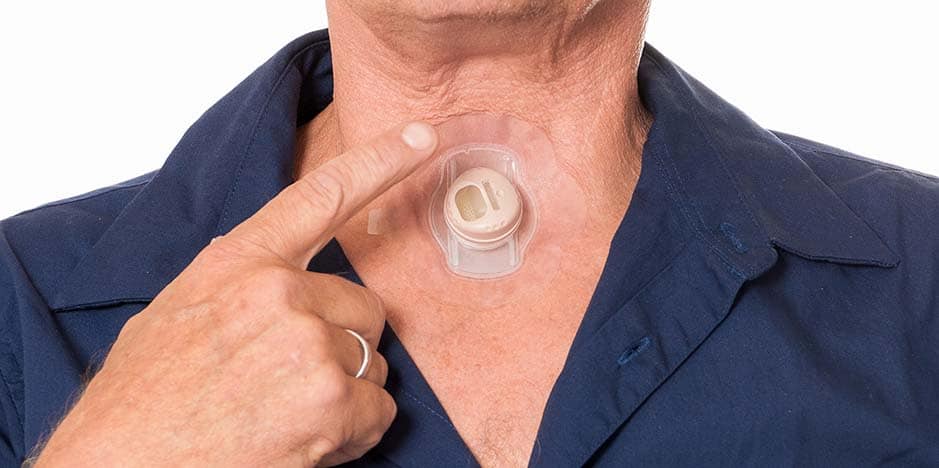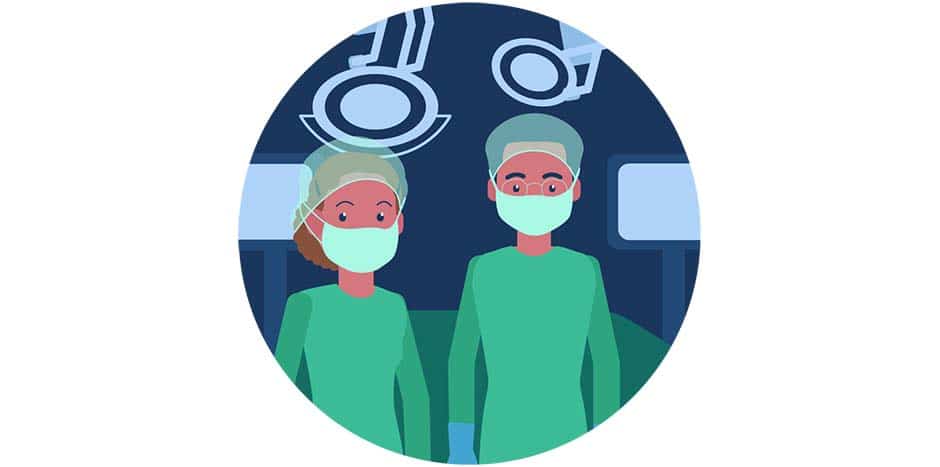Articles & Blog posts
Easy access
Make sure you can always access your favourite content by connecting My Content to your email.
Connect my emailAlready connected?
If you have already connected My Content to your email all you need to do is verify your email.
Verify my email16 December 2024
Surgery for Laryngeal Cancers
Of all cancer diagnoses, one percent are laryngeal cancer. Typical symptoms are a sore throat, voice changes and possible ear pain.

Of all cancer diagnoses, one percent are laryngeal cancer. Laryngeal cancer is a disease where malignant cancer cells are found in the larynx/voice box in the throat.
Typical symptoms are a sore throat, voice changes and possible ear pain.
Before undergoing surgery, quitting smoking is an important thing to do. Smoking can affect your surgery and smoking during cancer treatment is linked to poor wound healing.
You should also pause drinking alcohol before your surgery.
If you find these things hard, ask your medical team for help.
Download information for your family
Click hereWhat kind of surgery is done to treat laryngeal cancer?
Surgery is a common treatment for laryngeal cancer. Depending on the stage of cancer, where the cancer is found and the tissues affected, different types of surgery can be used to remove the cancer.
In a later stage of the cancer and when the cancer has affected the larynx, there will be what is called a total laryngectomy.
Sometimes chemotherapy and radiation will be used alongside surgery. Your medical team will be aware of this and will let you know.

Laryngectomy
Laryngectomy is a total or partial removal of the larynx, also known as the voice box.
- Partial laryngectomy is when the surgeon removes part of the larynx.
- Supraglottic cancer is when part of larynx is removed, usually the patient will be able to speak as before after the surgery.
- Hemilaryngectomy is when the cancer is small, and the surgeon will be able to take only one side of the voice box. Many patients will be able to speak after the surgery.
- Total laryngectomy is when the entire larynx is removed. The windpipe will end in a stoma, which is a hole in your neck. After a total laryngectomy, you will no longer be able to breathe through your nose or mouth, instead you will breathe through your neck stoma.
It will only affect the windpipe, you should be able to swallow, eat and drink after a total laryngectomy.
Sometimes, if the cancer is spread to the lymph nodes, they can be removed. Removal of the lymph nodes in your neck is called neck dissection.
Sometimes the surgeon needs to insert a feeding tube. The gastrostomy tube is put through the skin and muscles directly into the stomach.
Laryngectomy – a lifesaving surgery
Laryngectomy is a lifesaving surgery. Without the surgery, the cancer may spread to other parts of the body.
Like all surgery, there are some risks, including blood clots, and infection. The risks are low. Sometimes after the surgery, it can be hard to eat and swallow, however over time this can and will improve.
| [1] | NIH, ”National Cancer Institute Surveillance, Epidemiology, and End Results Program: NIH; 2021,” Available from: https://seer.cancer.gov/statfacts/html/laryn.html. |
Sign up and get a free and easy-to-use list with tips and examples of how to explain the total laryngectomy to your family members.



